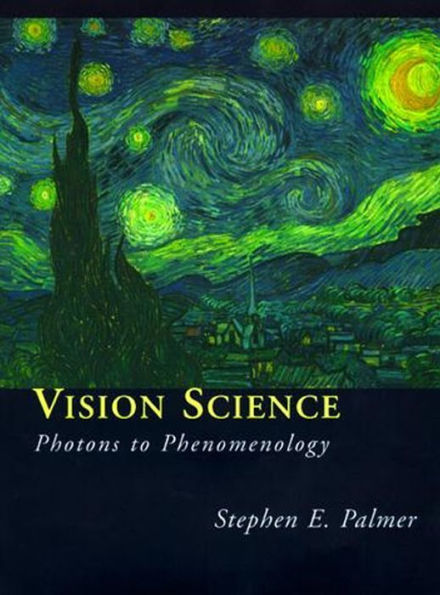5
1
9780262161831


Vision Science: Photons to Phenomenology / Edition 1 available in Hardcover

Vision Science: Photons to Phenomenology / Edition 1
- ISBN-10:
- 0262161834
- ISBN-13:
- 9780262161831
- Pub. Date:
- 04/14/1999
- Publisher:
- MIT Press
- ISBN-10:
- 0262161834
- ISBN-13:
- 9780262161831
- Pub. Date:
- 04/14/1999
- Publisher:
- MIT Press
165.0
In Stock

Product Details
| ISBN-13: | 9780262161831 |
|---|---|
| Publisher: | MIT Press |
| Publication date: | 04/14/1999 |
| Series: | A Bradford Book |
| Edition description: | New Edition |
| Pages: | 832 |
| Product dimensions: | 8.75(w) x 10.25(h) x 1.75(d) |
| Age Range: | 18 Years |
About the Author
What People are Saying About This
From the B&N Reads Blog
